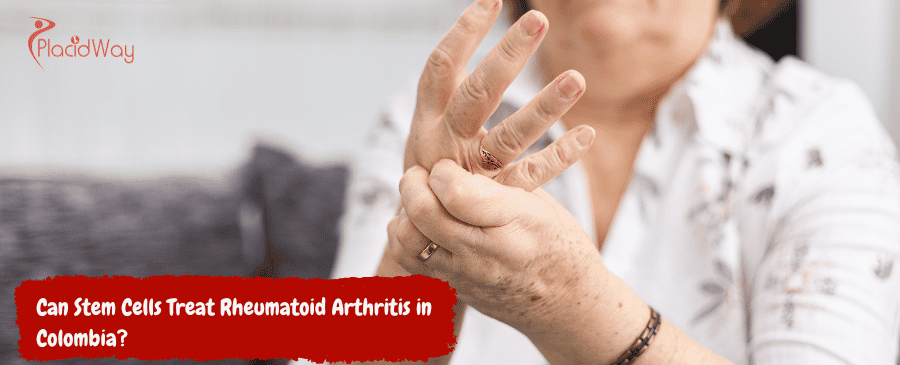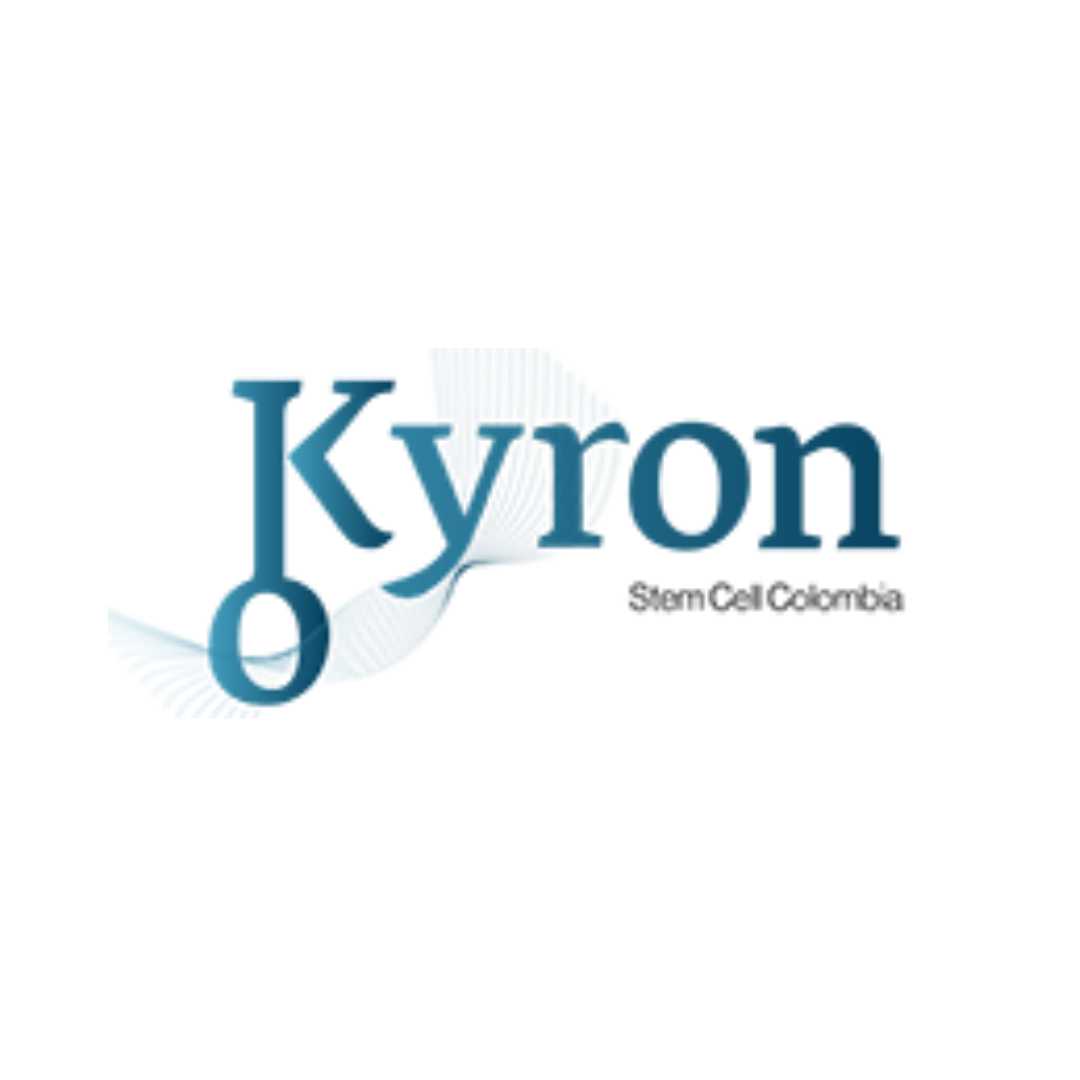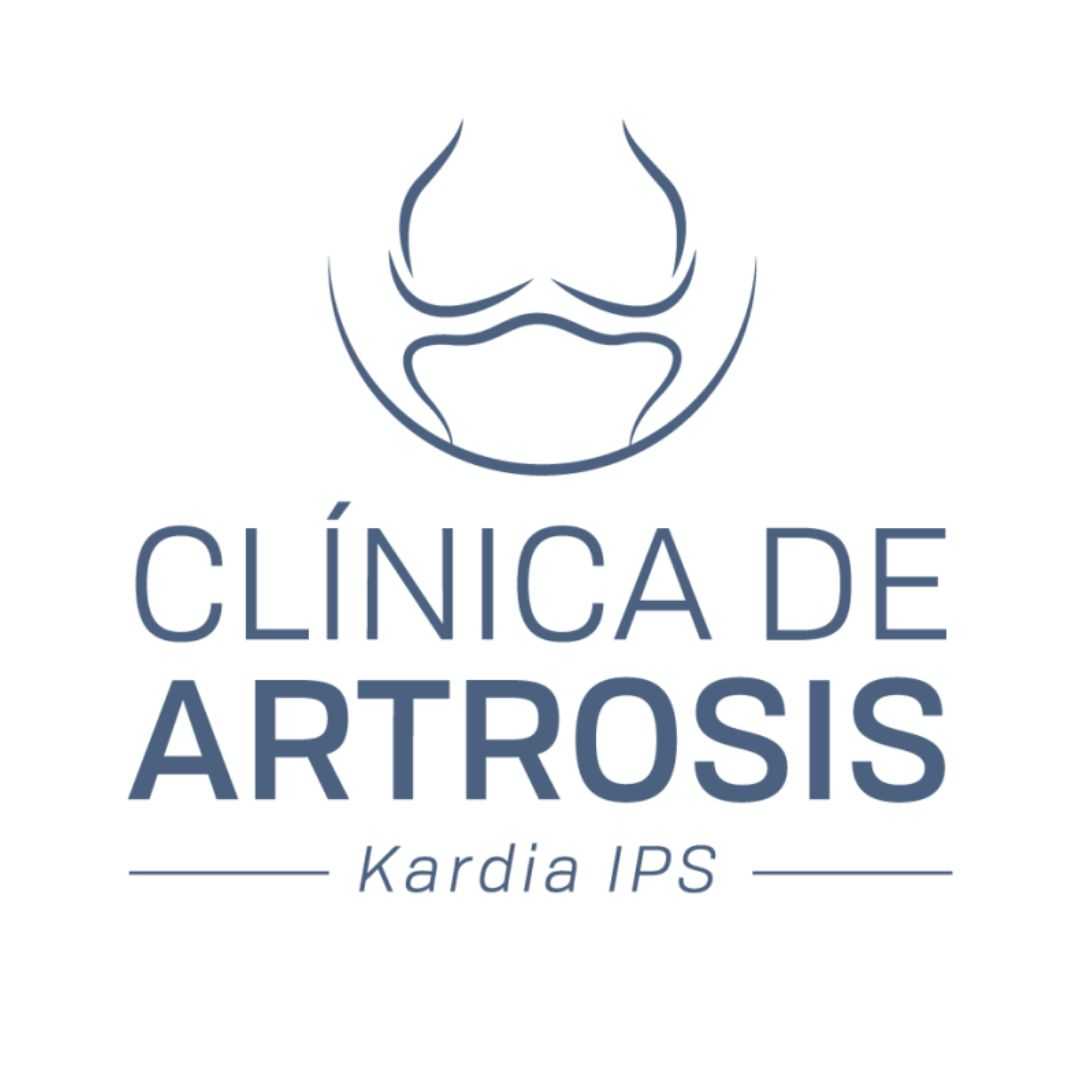The Complete Guide to RA Stem Cell Therapy in Colombia
Living with rheumatoid arthritis (RA) can be a daily battle against pain, stiffness, and fatigue. This autoimmune condition, where the body's immune system mistakenly attacks its own joints, can significantly impact one's ability to perform everyday activities. While traditional treatments focus on managing symptoms and slowing disease progression, many individuals are now exploring alternative and regenerative approaches. One such cutting-edge treatment gaining attention is stem cell therapy. But can this innovative approach truly make a difference for those with RA? And why are so many people looking to Colombia for this treatment? This blog post will serve as your comprehensive guide to understanding stem cell therapy for rheumatoid arthritis in Colombia. We will delve into the science behind the treatment, explore the different types of stem cells used, and break down the entire process, from the initial consultation to post-treatment care. We'll also address the crucial questions you're likely asking: Is it safe? What does it cost? And what are the real chances of success? Colombia has emerged as a hub for high-quality, accessible regenerative medicine, and we'll explore why this South American country is becoming a top destination for medical tourists seeking relief from RA.
Can Stem Cells Truly Help Rheumatoid Arthritis?
The primary role of stem cells in treating rheumatoid arthritis is not necessarily to "cure" the disease in the traditional sense, but to fundamentally alter its course and impact on the body. Mesenchymal stem cells (MSCs), which are most commonly used for this therapy, have powerful immunomodulatory and anti-inflammatory properties. This means they can help to regulate the overactive immune response that characterizes RA. Instead of the immune system attacking the synovium (the lining of the joints), stem cells can help to calm this autoimmune attack.
Furthermore, these stem cells release a variety of growth factors and signaling molecules that can help to reduce inflammation directly at the site of the affected joints. This reduction in inflammation can lead to a significant decrease in pain, swelling, and stiffness. While more research is ongoing, there is also evidence to suggest that stem cells may have a regenerative potential, possibly helping to repair some of the cartilage and tissue damage caused by chronic inflammation.
Why is Colombia a Popular Destination for This Treatment?
Several factors have contributed to Colombia's rise as a premier destination for medical tourism, particularly for regenerative treatments like stem cell therapy. The country boasts a growing number of modern, internationally accredited clinics and hospitals staffed by highly trained and experienced medical professionals. Many of these doctors have received education and training in Europe and the United States, bringing a wealth of expertise to their practice in Colombia.
The regulatory environment in Colombia, overseen by the National Food and Drug Surveillance Institute (INVIMA), is another key factor. While ensuring safety and quality, the regulations are often more progressive than in some other Western countries, allowing for certain types of stem cell applications and research that may not yet be widely available elsewhere. This has fostered an environment of innovation in the field of regenerative medicine. Finally, the cost-effectiveness of treatment in Colombia is a major draw for many patients who find the expense of similar therapies prohibitive in their home countries.
What is the Cost of Stem Cell Therapy for Rheumatoid Arthritis in Colombia?
The significant price difference is a major reason why patients travel to Colombia for stem cell therapy. The overall cost can vary depending on several factors:
- The specific clinic and its location: Major cities like Bogotá and Medellín have numerous reputable clinics with competitive pricing.
- The type of stem cells used: Allogeneic stem cells (from a donor) may have different costs associated with them compared to autologous stem cells (from the patient's own body).
- The complexity of the patient's condition: The severity of the rheumatoid arthritis and the number of joints affected can influence the treatment protocol and, consequently, the cost.
- The number of treatment sessions required: Some patients may benefit from a single treatment, while others may require a series of infusions over time.
It's important to have a detailed consultation with a clinic to get a precise quote that outlines what is included in the treatment package, such as medical evaluations, the procedure itself, and any follow-up care.
What Types of Stem Cells Are Used for RA Treatment in Colombia?
Each source of mesenchymal stem cells has its own set of advantages:
- Umbilical Cord-Derived MSCs (Allogeneic): These are young, vibrant, and highly potent stem cells collected from the Wharton's jelly of donated umbilical cords after a healthy birth. They are considered "immunoprivileged," meaning they have a very low risk of being rejected by the recipient's body. They are readily available and do not require a harvesting procedure from the patient.
- Adipose-Derived MSCs (Autologous): These stem cells are harvested from the patient's own fat tissue, typically through a mini-liposuction procedure. This is a rich source of MSCs, and because they are from the patient's own body, there is no risk of rejection.
- Bone Marrow-Derived MSCs (Autologous): This involves aspirating a small amount of bone marrow, usually from the hip bone, to extract the stem cells. This has been a traditional source for stem cells and is a well-established method.
The choice of stem cell source will depend on the clinic's protocols and a thorough evaluation of the patient's individual health and medical history.
What Does the Treatment Process Involve?
The journey to receiving stem cell therapy in Colombia is a structured and patient-centric process:
- Initial Consultation: This often begins remotely, with the patient sharing their medical records and history with the clinic's medical team. This helps to determine if the patient is a good candidate for the therapy.
- Pre-Treatment Evaluation: Upon arrival in Colombia, a comprehensive in-person consultation and physical examination will take place. This may include blood tests, imaging studies, and a detailed discussion of the treatment plan.
- Stem Cell Preparation: If autologous cells are being used, a harvesting procedure will be performed. If allogeneic cells are the choice, they will be carefully thawed and prepared in a sterile laboratory setting.
- Administration of Stem Cells: The stem cells are most commonly administered through a simple intravenous (IV) drip. This allows the cells to travel throughout the body and exert their immunomodulatory and anti-inflammatory effects systemically. In some cases, direct injections into particularly painful or damaged joints may also be performed.
- Post-Treatment Care and Follow-Up: After the procedure, patients are monitored for a short period before being discharged. Clinics typically provide a detailed post-treatment care plan and will follow up with the patient in the weeks and months following the therapy to monitor their progress.
How Safe is Stem Cell Therapy for Rheumatoid Arthritis in Colombia?
The safety of any medical procedure is paramount, and this is no different for stem cell therapy. Reputable clinics in Colombia operate under the guidelines of INVIMA, ensuring that the collection, processing, and administration of stem cells are performed to high standards. The use of MSCs is widely considered safe, with a low incidence of side effects. The most common side effects are mild and temporary, such as fatigue, headache, or a low-grade fever in the day or two following the infusion.
The risk of rejection with allogeneic umbilical cord-derived MSCs is minimal due to their immunoprivileged nature. With autologous stem cells, the risk of rejection is non-existent as they are the patient's own cells. It is crucial to choose a clinic that is transparent about its safety procedures, has a team of experienced medical professionals, and can provide evidence of their adherence to regulatory standards.
What Kind of Results Can I Realistically Expect?
It is important to have realistic expectations about the outcomes of stem cell therapy for RA. This is not an overnight cure. The stem cells need time to exert their effects on the immune system and the inflammatory processes in the body. Many patients begin to notice gradual improvements in the weeks and months following their treatment. These improvements can include:
- Reduced pain and swelling in the joints
- Increased energy and reduced fatigue
- Improved range of motion and flexibility
- A decrease in morning stiffness
- A potential reduction in the need for traditional RA medications (this should only be done under the guidance of a physician)
The longevity of the results can vary from person to person and may depend on factors such as the severity of the disease, the patient's overall health, and their lifestyle choices post-treatment. Some patients may experience sustained benefits for a year or longer, while others may consider follow-up treatments to maintain their improvements.
Are There Any Clinical Trials on Stem Cell Therapy for RA in Colombia?
The field of regenerative medicine is continually evolving, with new research and clinical trials being conducted worldwide. While information on specific, ongoing clinical trials for rheumatoid arthritis in Colombia might not always be readily accessible in international public databases, the established clinics in the country base their treatment protocols on the existing and growing body of scientific evidence from global studies. These studies have largely demonstrated the safety and potential therapeutic benefits of using mesenchymal stem cells for a variety of autoimmune and inflammatory conditions, including RA.
Patients interested in the scientific basis of the treatment should inquire directly with their chosen clinic about the research that underpins their protocols. Reputable clinics will be transparent about the evidence supporting their therapies and can often provide information on the studies that have informed their treatment approaches.
How Do I Choose a Reputable Stem Cell Clinic in Colombia?
Doing thorough research is essential when considering stem cell therapy abroad. Here are some key factors to consider when selecting a clinic in Colombia:
- Accreditation and Licensing: Ensure the clinic is licensed by INVIMA and, if possible, has international accreditations.
- Medical Team's Expertise: Research the qualifications and experience of the doctors and medical staff. Look for specialists in regenerative medicine, rheumatology, and immunology.
- Transparency: A reputable clinic will be open and honest about their treatment protocols, the source and type of stem cells they use, potential risks and benefits, and a detailed breakdown of costs.
- Patient Reviews and Testimonials: Look for reviews from previous patients who have undergone treatment for similar conditions. These can provide valuable insights into the patient experience and outcomes.
- Communication: The clinic should be responsive to your inquiries and provide clear, comprehensive answers to all of your questions.
Ready to explore how stem cell therapy in Colombia could help you manage your rheumatoid arthritis? Explore PlacidWay for solutions related to medical tourism and healthcare services.



.png)




.png)
.png)
.jpg)
.png)






Share this listing